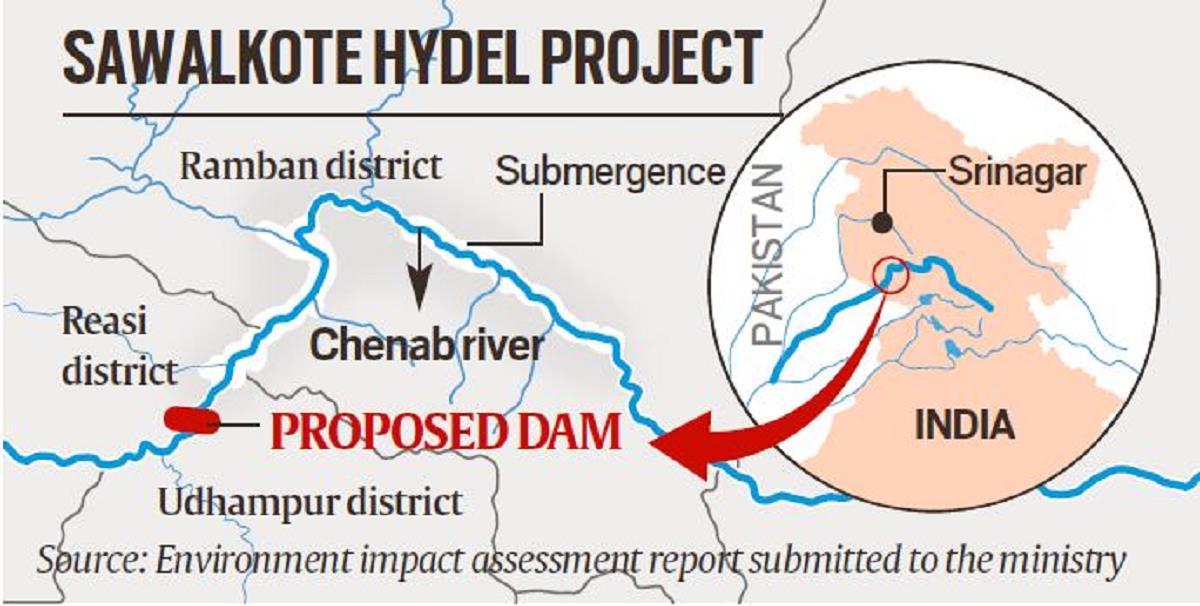
The Power Of Patience In Jammu & Kashmir's Hills
Representational photo
By Er Navaid Runyal
For years, the people of Ramban watched the Chenab roll past their mountains, a river that gave everything except opportunity.
It carried away their hopes as swiftly as it carried silt, while generations waited for a promise called Sawalkote.
That promise is finally real.
The Government of India has approved the ₹31,380-crore Sawalkote Hydropower Project, reviving a plan that began in the 1980s and stalled for four decades.
Back then, engineers dreamt of lighting up northern India with the Chenab's power. Surveys were done, blueprints drawn, and people believed progress had arrived.
Then came decades of red tape, shifting governments, and environmental disputes that buried the dream in files.
In October 2025, India's environment ministry finally cleared construction, soon after New Delhi suspended the Indus Waters Treaty, a 1960 pact that had restricted India's use of western rivers flowing into Pakistan.
For the first time in decades, India moved to fully use its share of the Chenab's waters. Sawalkote became the emblem of that shift, a statement that India would build clean, responsibly, and on its own terms.
Once complete, Sawalkote will generate 1,856 MW of power, making it the largest hydropower project in Jammu and Kashmir.
The 192.5-meter-high dam, one of India's tallest, will produce about 7,500 million units of electricity annually.
Spread across Ramban, Reasi, and Udhampur districts, the project will be executed by NHPC Limited, India's leading hydropower company.
What makes Sawalkote different is its commitment to sustainability.
NHPC has set aside ₹594 crore for environmental protection, one of the highest allocations ever in the region.
Forest restoration, slope stabilization, and biodiversity conservation are part of the plan. Soil erosion will be managed through catchment treatment, and waste will be reused or safely contained.
The site lies about 63 kilometers from Kishtwar High Altitude National Park, ensuring wildlife remains undisturbed.
The project's impact will reach far beyond electricity.
Around 1,500 families across 13 villages will be affected. NHPC's resettlement plan promises modern housing, fair compensation, and access to schools and healthcare.
The construction phase will employ 1,500 workers, with 200 permanent jobs after completion.
For a district long known for migration, those numbers mean homecoming and dignity.

Legal Disclaimer:
MENAFN provides the
information “as is” without warranty of any kind. We do not accept
any responsibility or liability for the accuracy, content, images,
videos, licenses, completeness, legality, or reliability of the information
contained in this article. If you have any complaints or copyright
issues related to this article, kindly contact the provider above.


















Comments
No comment